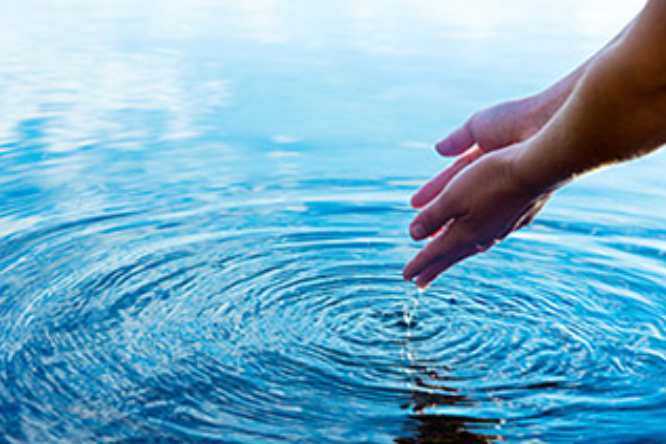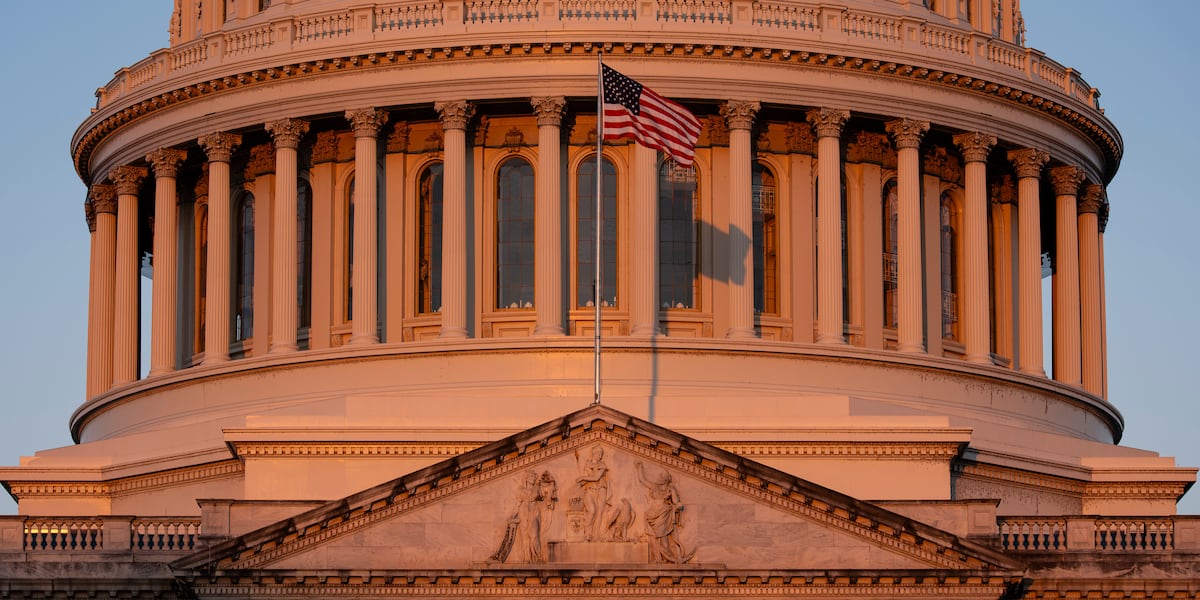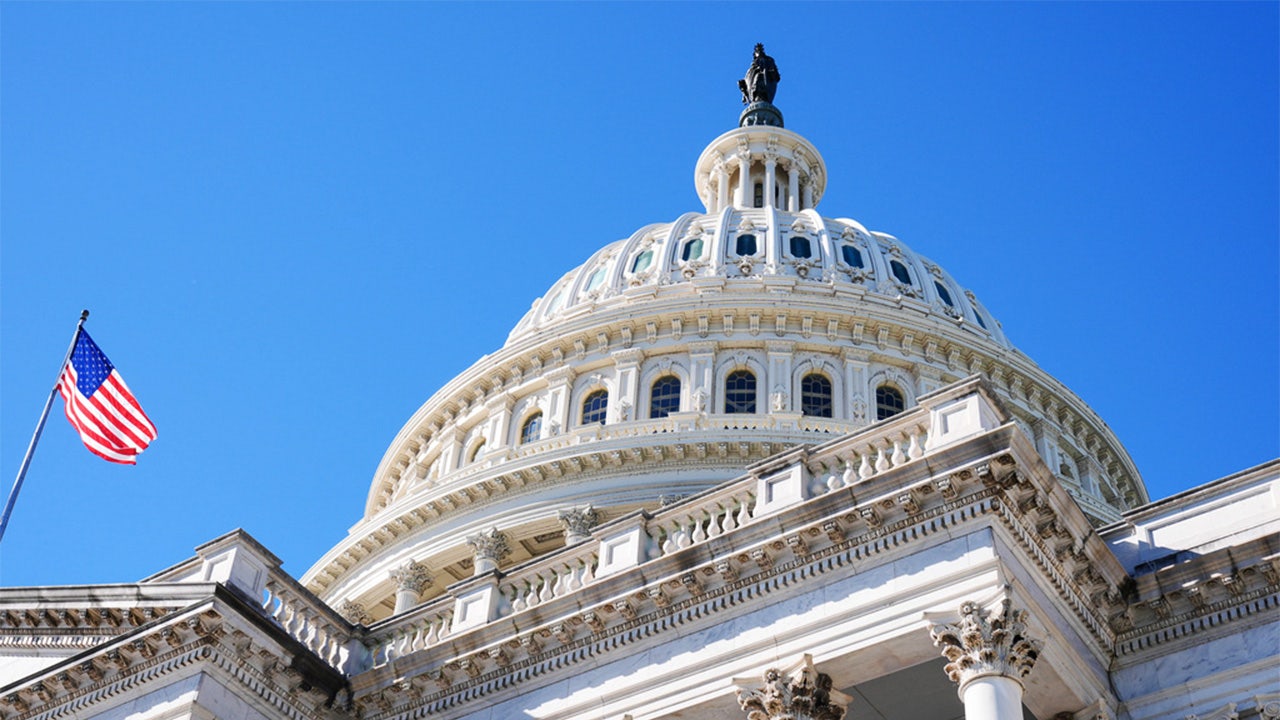Alaska
EPA requires new Alaska water quality standards for health of fish loving Alaskans – Alaska Native News

Response to a 2015 SEACC petition acknowledges Alaskans’ high fish consumption rates and disproportionate health impacts
The Environmental Protection Agency has demanded changes to the Alaska Department of Environmental Conservation’s water quality standards within six to 12 months. The current human health criteria are based on inaccurate assumptions — Alaskans eat far more than the 6.5 gram per day default rate for the general population in 1992, which means greater exposure to harmful pollutants.
“The health of Alaskans should be a top priority for the State, so new water quality standards can’t come soon enough,” said Maggie Rabb, executive director of the Southeast Alaska Conservation Council. “SEACC’s work to protect Alaska’s waters is also about protecting the people who rely on it for sustenance.”
SEACC submitted a petition in 2015 requesting revision of the “remarkably outdated” fish consumption rate used by the State of Alaska, suggesting a proposed rate of 175 grams per day by Alaskans relying on subsistence and traditional foods. The EPA had updated its general rate to 22 grams per day in 2014.
The 6.5 gram per day FCR used by the State was acknowledged as “not reflective of the actual fish consumption rate by the general or certain sub-populations of Alaskans” in a 2016 response from the then director of the Division of Water to SEACC, as cited in the EPA Administrator’s Determination dated June 5, 2024.
“The fact that Alaskans consume far more fish than most other US populations means we deserve and require more stringent water quality criteria, because higher fish consumption rate increases exposure to any contaminants that may be present in those fish,” SEACC’s petition reads.
SEACC was one of a number of entities pushing the EPA for water quality standards reflective of Alaskans’ real fish consumption rates. Another petitioner was Chickaloon Native Village. In more recent years, the Seldovia Village Tribe and Sun’aq of Kodiak conducted seafood consumption surveys for Cook Inlet and Kodiak Tribes respectively.
The EPA noted that revisions to Alaska’s human health criteria have been identified as a priority action for more than a decade, but new criteria have not been proposed for adoption.
“This Determination makes clear that new and revised HHC are necessary in Alaska to meet (Clean Water Act) requirements and that the EPA is prepared to promulgate such criteria unless the state adopts new and revised HHC that meet CWA requirements,” reads the determination, signed by Acting Assistant Administrator Bruno Pigott.
The EPA has set a timeline of 6-12 months for the changes, “given the readily available fish consumption information” and has committed to working with the state of Alaska to ensure the human health criteria are “protective of applicable designated uses, based on sound scientific rationale and responsive to the needs of Alaska’s residents.”

Alaska
Anchorage assistance center opens for Western Alaska storm evacuees
A new center opened Monday to provide disaster recovery services to Western Alaska residents displaced by ex-Typhoon Halong who evacuated to the Anchorage area, state officials said.
Available services at the hub include help with state and federal disaster recovery aid applications, business and homeowner loan application support, social services, and tribal identification replacement, the State Emergency Operations Center said in a statement Monday. State officials said the effort is in cooperation with Calista Corp.
The Disaster Assistance Center, located in the Calista building at 1400 W. Benson Blvd, Suite 110, will be open weekdays from 10 a.m. to 5 p.m. through Nov. 14, according to emergency officials. Evacuees needing a ride to the center can contact Alaska 211 by dialing 211 or 1-800-478-2221, emailing alaska211@ak.org or visiting alaska211.org.
Similar services have been offered in Bethel, where some displaced by last month’s disastrous Yukon-Kuskokwim Delta storm have also sought shelter.
State emergency officials in an update Sunday said that there have been 1,280 applications for state individual assistance and 491 applications for Federal Emergency Management Agency aid. The federal aid became available after President Donald Trump’s Oct. 22 federal disaster declaration.
The deadline for those seeking state aid is Dec. 9. It is Dec. 22 for anyone applying for federal assistance.
Alaska
Planetarium in Fairbanks slated to open in a few months

ANCHORAGE, Alaska (KTUU) – A planetarium at the University of Alaska Museum of the North in Fairbanks has been in the works for years. And it’s only a few months away from opening, according to University of Alaska Museum of the North Director Patrick Druckenmiller.
It has been an idea for decades, but construction began about a year ago on the University of Alaska Fairbanks’ campus in collaboration with the Geophysical Institute, Druckenmiller said.
“What this facility will essentially allow us to do, is welcome, when thousands of people per year that come to our museum an opportunity to see things like the Aurora in a planetarium setting. Because, of course, that’s not something they’re going to see when they’re visiting in the summer. But it’s also going to be the coolest, newest classroom on the UAF campus,” he said.
Druckenmiller said it will be Interior Alaska’s first planetarium.
“There are three others in the state, two in Anchorage, one in Juneau,” he said. “It’s also going to be the northernmost planetarium in North America, which is also kind of a cool claim to fame for our facility.”
The 65-seat planetarium is a roughly 5,700 square foot addition to the existing museum, he said.
“When you walk into the planetarium space, which you’re going to see is this big dome above your head. It’s about 11 meters, or about 36 feet, in diameter. And it’s actually sort of suspended from the ceiling. And it’s tilted at about a 17-degree angle towards the front of the room. That’s to help make people feel comfortable looking up and not having to crank their neck to look up at the sky,” he said.
The planetarium’s content will not be strictly space related.
“We intend to showcase a lot of other really cool aspects of things relating to Alaska and the Arctic. And of course, it’s indigenous peoples,” he said.
Druckenmiller is excited for the opportunity to use the planetarium to highlight University of Alaska research.
“For example, the Geophysical Institute is a major place for research into the atmosphere, other geophysical phenomena, including the aurora, solar physics, you name it,” he said. “This planetarium is now going to be a place to share some of that cool science, rather than us just simply bringing in science from elsewhere. We’re doing it here in Alaska. So, it’s a wonderful showcase for Alaskan-based research.”
The bulk of the building construction cost was paid for by two longtime Fairbanks residents.
Walt and Marita Babula’s $7.4 million donation funded much of the construction of the building, Druckenmiller said.
The planetarium will be named after them, the university said.
The Babulas want the planetarium to “enable space science education opportunities for K-12 and higher education students,” according to a statement from a university press release.
“We also envision the planetarium as a place that will spark the curiosity of Alaskans and visitors from around the globe about our Alaska culture and vast universe,” they continued.
“They, out of the incredible generosity of their heart, really wanted the museum to be a place where we could also have a planetarium to share all the wonderful things about space science and astronomy, particularly with the kids that live here in interior Alaska,” Druckenmiller said.
Other donors include the M.J. Murdock Charitable Trust, as well as Sarah and Cary Keller who have been longtime UAF supporters, according to the university. Michael and Lynn Rice Estate, Davis Constructors & Engineers and RESPEC also contributed to the project.
See a spelling or grammar error? Report it to web@ktuu.com
Copyright 2025 KTUU. All rights reserved.
Alaska
Editorial: Hawaiian’s spirit on Alaska’s wings | Honolulu Star-Advertiser
-

 Milwaukee, WI1 week ago
Milwaukee, WI1 week agoLongtime anchor Shannon Sims is leaving Milwaukee’s WTMJ-TV (Channel 4)
-

 News1 week ago
News1 week agoWith food stamps set to dry up Nov. 1, SNAP recipients say they fear what’s next
-

 Alabama1 week ago
Alabama1 week agoHow did former Alabama basketball star Mark Sears do in NBA debut with Milwaukee Bucks?
-

 News1 week ago
News1 week ago1 dead, 6 injured in shooting at Lincoln University homecoming festivities
-

 Culture1 week ago
Culture1 week agoVideo: Tyler Mitchell Breaks Down Three Photos From His New Book
-

 Austin, TX1 week ago
Austin, TX1 week agoDia De Los Muertos Austin: Parades, Altars & Events
-

 Seattle, WA3 days ago
Seattle, WA3 days agoESPN scoop adds another intriguing name to Seahawks chatter before NFL trade deadline
-

 Culture6 days ago
Culture6 days agoVideo: Dissecting Three Stephen King Adaptations


















